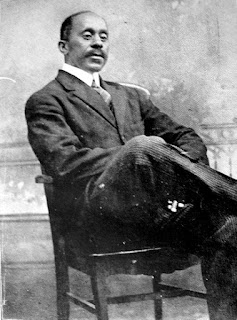Chapter 151.
Constables.
§§ 151-1 through 151-8. Repealed by Session Laws 1969, c. 1190, s. 57.
_______________
In the mid-nineteenth century, the North Carolina General Assembly (the state legislature) revised the laws regarding municipalities. Under an act passed in 1855, all municipalities were given the same powers. They could tax real estate, liquor dealers, tickets to shows, dogs, and freely roaming hogs, horses, and cattle. They could appoint a town constable, regulate public markets, prevent public nuisances, protect public health, keep streets and bridges in repair, and regulate the quality and weight of loaves of bread baked for sale. As time passed, the General Assembly took away some authority and gave additional authority to individual municipalities and groups of municipalities. As a result, each North Carolina municipality may now have a somewhat different set of powers and responsibilities.
Image: Caswell County Constable badge offered 28 March 2023 on EBay with a minimum starting bid of $200.
_______________
North Carolina Constitution of 1776 (“there shall be a Sheriff, Coroner, or Coroners, and Constable, in each County in this State”).
_______________
Independence brought little change in local government in North Carolina. Under the Halifax constitution of 1776 the county court continued to exercise both judicial and administrative functions. The Justices of the Peace were commissioned by the governor on recommendation of the general assembly. "The constitution provided that there should be in each county a sheriff, coroner or coroners, and constables, but it did not specify how they should be chosen. At first they were appointed by the county court, but later the sheriffs were elected by the voters of the county and the constables by the voters in a smaller division known as a captain's district . . . . The court appointed a clerk, a register, a county attorney, a county trustee (equivalent to treasurer), inspectors of tobacco and other products, rangers for estrays, entrytaker and surveyor, overseers of the roads, standard-keeper, and seven freeholders as overseers of the poor."
_______________
Possible Caswell County Constables
Sam Hamlett
Edward Vernon, Sr
Linwood Harold Hamlett
John Graves Yancey
Peter Hairston Williamson
James H. Owens
Ambrose Arnold
John C. Totten
Milton Spencer Pinnix
James Barker
William Brown Swann
James Pattillo
Benny McKinney
Snake Ashby
Tom Buck
Ben Blaylock
Melvin Cobb
Carlton Reagan
Ben Rowland
William A. Langley
Teddy Willis
Philman W. Walker, Jr.
Oscar Akles (Slim) Worsham (1905-1986)



.jpg)

